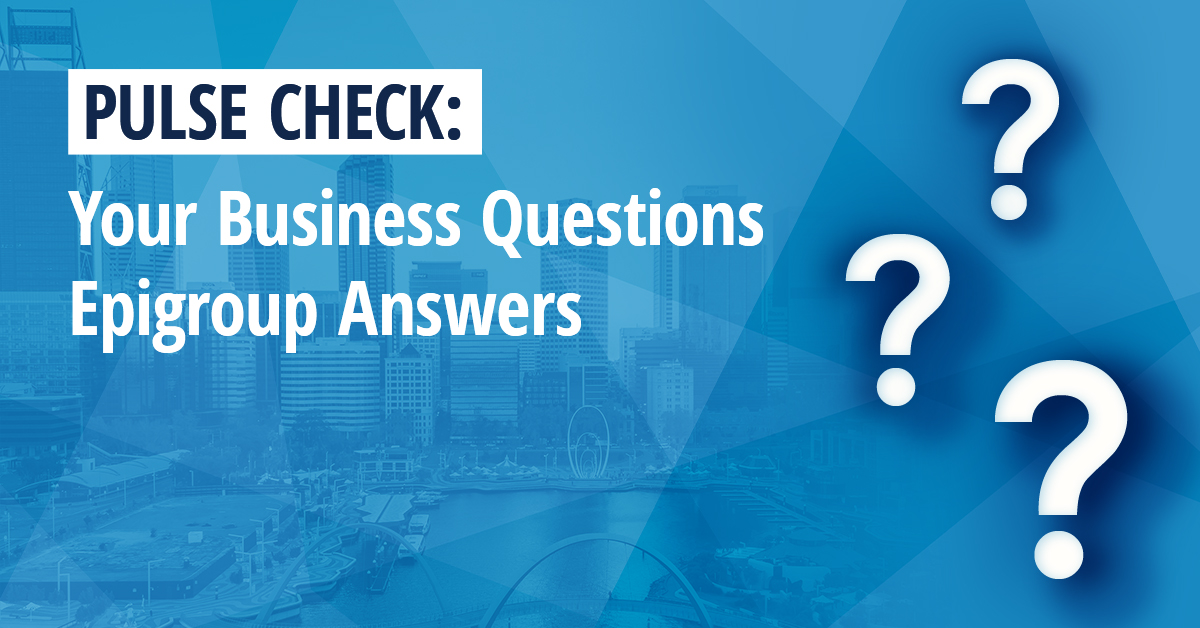A Fair Work Commission (FWC) ruling last year has highlighted the issue of using AI for HR matters. Our employee relations experts examine the case and what this means for businesses.

Case facts
Daniel O’Hurley (the Applicant) commenced full-time employment as a legal assistant with Cornerstone Legal WA Pty Ltd (the Respondent) on January 16, 2023. He was subsequently terminated, citing the reason as abandonment of employment, on March 7, 2024 by Tim Houweling.
Prior to his dismissal, the Applicant submitted leave requests on March 6 and 7 due to having a migraine. The Applicant contacted Brownwyn Waugh, a fellow Director, on both mornings to inform her of his absence. Due to exhaustion of personal leave, the Applicant submitted his leave on March 7, 2024 as annual leave, however he provided medical certificates for both leave requests.
Later that morning, the Applicant received a text message titled ‘Subject: Notice of Employment Termination Due to Abandonment’ from Mr Houweling. The message explained that the Applicant’s action of taking annual leave without prior agreement and notification was viewed by the business as abandonment of employment, and thus his employment had been terminated effective immediately.
Evidence submitted by Houweling referred to performance issues that had been an ongoing concern for about six months before the Applicant’s employment ended, including attendance issues and unexplained absences from the workplace.
Between January 29 and March 20, 2024, the Applicant was on leave for 13 days, and absent from the workplace without prior approval on five occasions. During the hearing, Houweling admitted that the Applicant’s regular absences caused him to become frustrated, and that he did not believe the Applicant was committed to the business. It also became apparent that Houweling utilised ChatGPT, an artificial intelligence chatbot, to craft the termination text message.
The date that the Applicant was terminated was also in contention, with the Applicant believing it was effective March 7, 2024, and Houweling believing it was effective March 20, 2024. As per Houweling’s evidence, the applicant remained in contact with the company following the text message on March 7, with their final contact March 15, 2024. The company then terminated the Applicant on March 20, 2024, citing abandonment of employment. The Respondent attempted to rescind the termination shortly after it was sent, but the Applicant did not agree to this action and therefore the termination remained in effect.
The decision
While the FWC acknowledged the history of attendance issues, it highlighted that at the time of termination, the Applicant had only been absent for a short period of time and had communicated and evidenced the absences appropriately. This indicated that the Applicant intended on continuing the employment relationship. The FWC determined that it was the text message from Houweling that ended the employment relationship, and that ultimately, the Applicant did not abandon his employment.
Despite Houweling’s denial, it was found that his intention was to terminate the Applicant’s employment, as indicated through the wording of the text message. As a result, the Applicant was found to have been terminated on March 7, 2024. The FWC was also satisfied that effective March 7, 2024, the Applicant considered his employment as terminated, and was awaiting a new offer of employment from the Respondent, as discussed on March 8, 2024.
The FWC dismissed the jurisdictional objection and allowed the Application to move to a hearing.
Key takeaways
When terminating an employee, employers need to ensure there is a valid reason for termination and that the correct processes are being followed to allow for procedural fairness.
The wording of the ChatGPT generated text message, which clearly indicated the Respondent’s intention to end the employment relationship, was a key factor in the FWC’s ruling.
Therefore, whilst artificial intelligence can be a valuable tool for crafting correspondence, we must keep in mind the limitations of these programs, and ensure all outputs are being critically reviewed before being utilised in the workplace.
Due to the risks associated with terminating an employee, CCIWA strongly recommends that employers contact the Employee Relations Helpline on 08 9365 7660 or via [email protected] for general advice or Business Law WA for legal advice.
This article is authorised by Business Law WA, an incorporated legal practice and wholly owned subsidiary of CCIWA. The contents of this article is general in nature and is not legal or professional advice and should not be relied upon as such.









